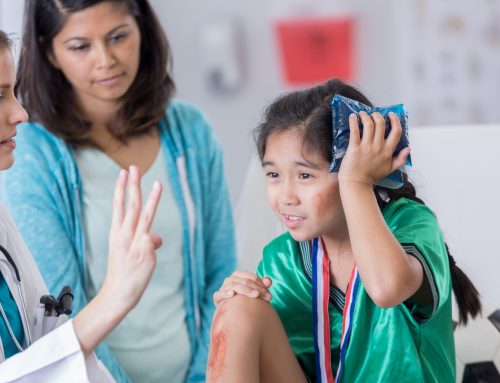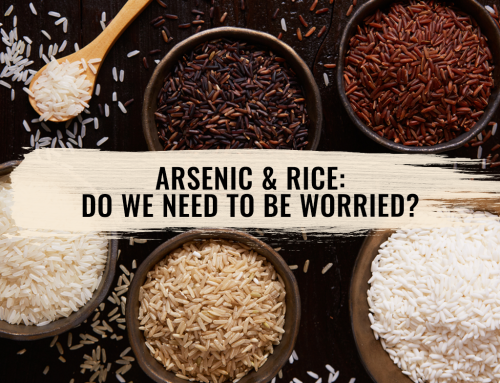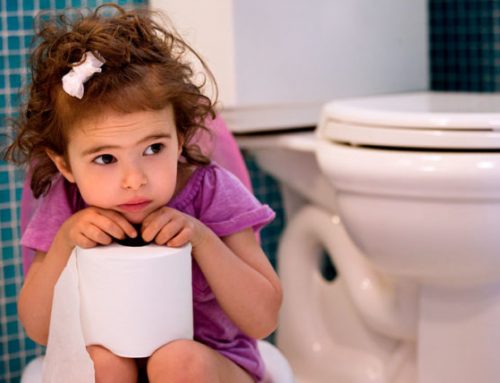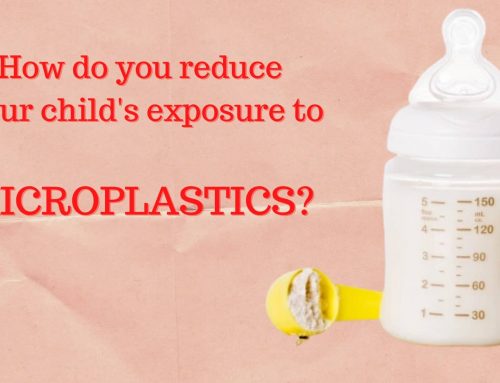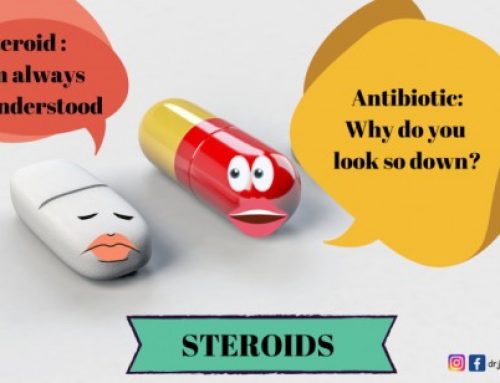As adults, we are often asked to drink 8 glasses of water a day. But does this rule apply to children as well? Water is a major component of the human body. It represents about 60% of the adult’s total body weight. Children, especially in the first 6 months of life, have a higher water content ranging up to 75% of the body weight, which gradually reduces as the child grows.
Water has several roles in the body from removing waste products from the liver and kidneys to regulating the body’s temperature. As the body loses water through breathing, sweating, urine and passage of faeces, it needs to be replenished regularly.
How much should children drink?
Based on the European Food Safety Authority (EFSA), assuming that 70-80% of fluid in the diet comes from drinks and 20-30% from food, the amount of fluid required according to age are as follows:
- 0 – 6 months: 680mL of milk
- 6 – 12 months: 800 – 1000mL per day (predominantly milk, 2-4 ounces of water per day)
- 1 – 3 years old: 1100 – 1200mL per day
- 4 – 8 years old: 1600mL per day
- 9 – 13 years old girl: 1900mL per day
- 9 – 13 years old boy: 2100mL per day
These are not obsolete figures and children may need more than this volume if the weather extremely hot, or when they are down with fever or if they have been very active.
What are the signs of inadequate water intake?
- Cracked lips
- Dry mouth
- Tiredness
- Headache
- Constipation
- Dark coloured urine
What happens when a child consumes more water than needed?
Too much of anything is never a good thing.
In infants, excess of water may result in dangerously low sodium levels in the blood leading to swelling of the brain, a condition called water intoxication.
In older children, with a more mature kidneys and better water regulation, any excess of water will be removed by the body through urination.
What do you do if your child dislikes drinking plain water?
Not all children like drinking plain water! So here, are some tips to stimulate their interest.
- By pouring water into attractive or colourful cups or bottled water.
- By adding slices of fruits, for example, lemon or orange to give some flavour to the water.
- Serving water at different temperature; for example, cold or lukewarm.
One of the best ways to encourage children to drink water is to ensure that parents are also setting a good example. After all, children tend to imitate their parent’s actions most of the time. Like the saying, monkey sees, monkey do!
References:
1. Hydration for Children by British Nutrition Foundation – nutrition.org.uk
2. Guidelines for Adequate Water Intake : A Public Health Rationale https://www.efbw.org/…/EFBW…
LEARN MORE
LEARN MORE
INTERESTED IN PARENTING ARTICLES?
We have the right articles just for you.
“There is no such thing as a perfect parent. So just be a real one.” – Sue Atkins


